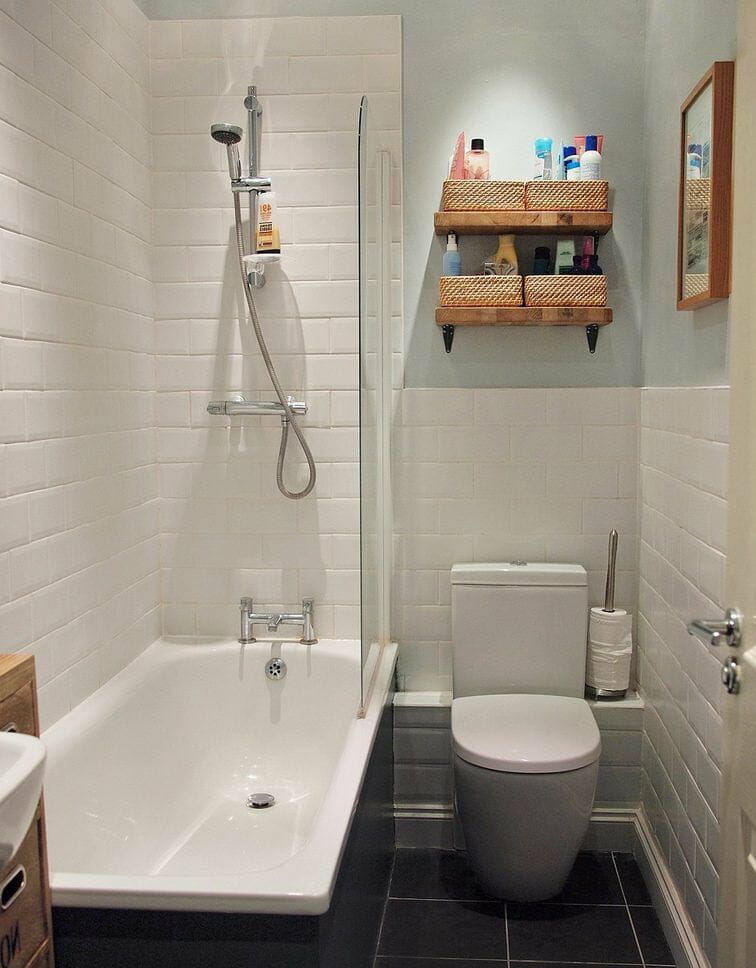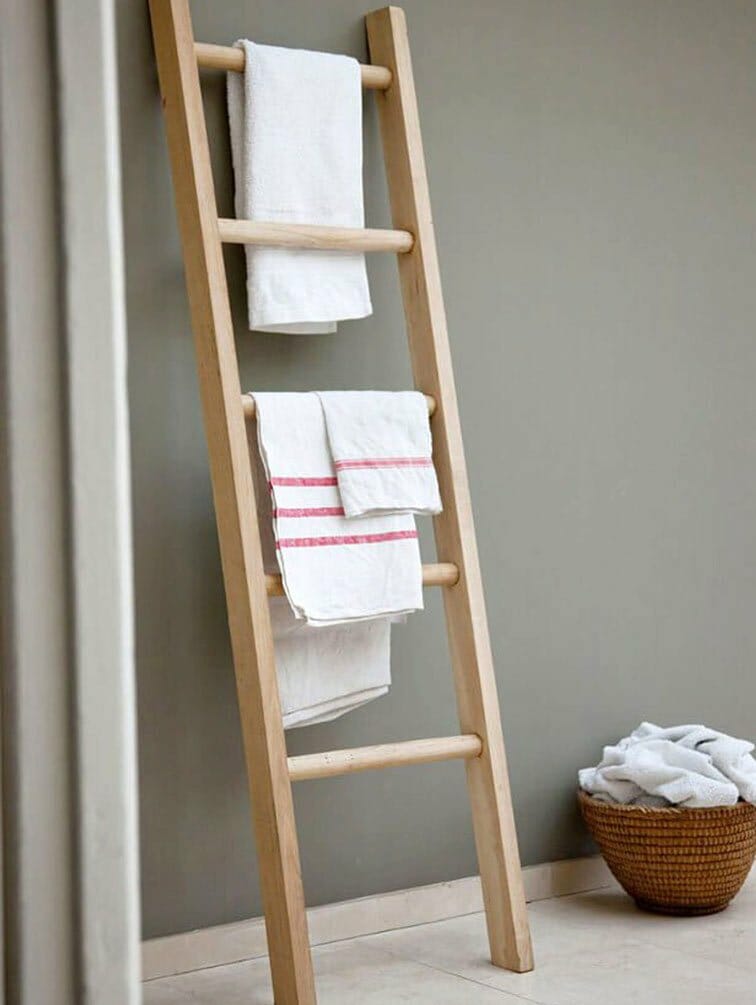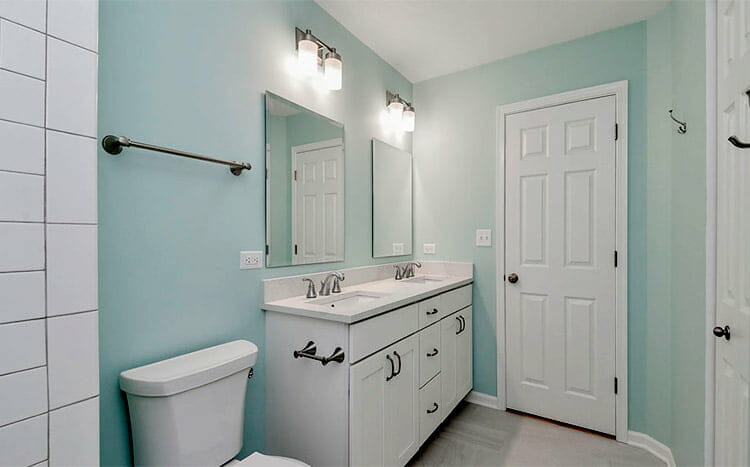Bathrooms frequently turn into hotspots for mold growth because of the elevated humidity, absence of natural light, and inadequate air circulation. However, it is possible to stop mold from developing in your bathroom, even if there’s no window or exhaust fan available.
The following are some of the things that have proven incredibly effective at solving mold problems in such kinds of bathrooms.
What we cover
ToggleLevel 1: Reduce moisture for mold to grow

Open the shower door or curtain
Just because the bathroom does not have a window does not mean that you can’t improve its airflow. Opening the bathroom door or shower curtain is an easy way of improving aeration in the bathroom. And when you decide to do so, opening windows and running fans in other areas of your home is advisable.
This way, your bathroom can benefit from the enhanced airflow in your home. Any highly humid from the bathroom will be encouraged to flow out of the bathroom, into your home, and eventually outside.
For this to be effective, you may have to leave the door open for several hours after taking a shower. Also, taking care not to push the shower curtain all the way to one side may help. This is because you will avoid creating creases and folds that may trap moisture.
Hang towels in another room
Clothes and towels are made up of materials that are good at absorbing moisture. When you leave them in the bathroom, they soak up most of the moisture in the environment. And since they also provide a ready source of the cellulose that mold needs in order to thrive, they usually encourage mold growth. This then makes it easier for mold to spread to other surfaces in the bathroom.
Furthermore, the areas on which clothes and towels rest will be perpetually moist. This is so especially if these items are already damp. This by itself is enough to encourage mold to grow. Therefore, removing all types of clothing and towels from your bathroom will go a long way toward eliminating some of the conditions that encourage mold development.

Take shorter and colder showers
When you take a hot shower, a significant amount of water evaporates. This increases the amount of moisture in the air. This moisture eventually condenses on bathroom surfaces like the roof, shower curtains, and walls. And the longer the shower that you take, the more the amount of moisture that ends up getting spilled or released into the atmosphere.
When you take shorter and colder showers you simply reduce the opportunities for creating overly damp surfaces. As a result, you make it easier to prevent mold growth. This is because you will be eliminating the one thing that it desperately needs: excess moisture.
Wipe down and dry out after showing
The easiest way to prevent mold growth in your bathroom is to wipe moisture from walls, shower curtains, and other fixtures after every shower. Doing so will reduce the amount of moisture on these surfaces, and this will lower the odds of ending up with mold growth.
Immediately after using the bathroom, you should make a habit of taking a squeegee and wiping off any excess moisture on the bathroom walls and floor. Thereafter, take a dry piece of cloth and use it to dry them out. Don’t forget to wipe and dry out shower corners and areas that are located behind the faucets. Also, don’t shy away from using commercial cleaners when wiping these surfaces.
Fix leaks
Plumbing from leaks and leaks that occur as a result of a damaged roof are common causes of mold problems in homes. The bathroom is no exception. Therefore, if you have a leaking roof or leaks from loose joints or burst pipes, you should fix them immediately. Failure to do so will increase the likelihood of ending up with a mold problem.
Also, as far as the bathroom is concerned, water drips from showerheads and faucets are a problem that one should worry about. This is because they increase the overall amount of moisture that is in the bathroom, and this is something that encourages mold growth. Therefore, if you have faucets or showerheads that keep on leaking water, you should definitely think about replacing them if you want to keep your bathroom mold-free.
Level 2: Hardware changes and remediation measures

Repaint your bathroom with anti-mold paint
Cheaper paints encourage dirt to stick onto them. They also tend to absorb moisture. These two qualities make them more mold-friendly. And in a moisture-rich area like the bathroom, this is not ideal.
Semi-gloss paint has a shiny surface that is more slippery and so dirt and dust are less likely to accumulate on it. It also tends to be better at repelling moisture. And it is also easier to clean and dry. Therefore, giving your bathroom a fresh coat of semi-gloss paint will go a long way toward preventing mold growth.
Seal grout
Tile grout that isn’t sealed absorbs moisture. Dirt and dust also tend to stick onto the grout. And since the bathroom floor is usually exposed constantly to moisture, it is no surprise that tile grout areas are preferred by mold.
An easy way of keeping mold off is to just seal the grout. Sealing it arms it with a water-resistant layer that keeps it from absorbing moisture. It also decreases the chances of dirt getting stuck in areas where grout is placed. Both of these things eliminate conditions that encourage mold growth.
Invest in a good dehumidifier
While not having a window makes it harder to keep the humidity in your bathroom at an acceptable level, there is a workaround. Installing a good dehumidifier can help to reduce the amount of moisture in the air. This will then make it less likely for surfaces to absorb enough moisture from the air to such a point where it encourages mold growth.
When choosing a dehumidifier, it is vital that you consider the size of the room. This is because using a dehumidifier that isn’t good enough to handle the air moisture levels in your bathroom won’t do you much good.
Place a portable air conditioning unit in the bathroom
If you don’t have a humidifier, then you can use a portable air conditioning unit. Air conditioners are effective at preventing mold growth mainly because, in the course of conditioning air, they also remove moisture from the air. Therefore, an affordable A/C unit can serve as a good dehumidifier for your bathroom and this will help to prevent mold.
You can also use the air conditioning unit to improve air circulation in your bathroom. Since your bathroom doesn’t have its own window, you can achieve this by using a hose to connect the unit to a window in a nearby room. This will be enough to improve air circulation.
Use antifungal sprays
There are a number of effective antifungal sprays that have been specifically designed to kill and prevent mold. Occasionally spraying these sprays onto surfaces that are most vulnerable to mold attacks can help to keep mold at bay. This is so especially if you do this immediately after cleaning and drying the surfaces.
Removing and killing mold
It is important to note that the above tips work when you don’t have mold in your bathrooms, or when you have already carried out mold remediation. This is because if there is existing mold, it will keep growing until it is killed off and removed. This will happen even if you take the above steps.
Therefore, if you have existing mold growths in your bathroom, the first step should always be to kill and remove them. To do so, you can use household chemicals like baking soda and vinegar. You also have the option of using commercial-grade mold-killing solutions.
And if you don’t have the time to remove the mold on your own, you can always hire a mold remediation contractor.














